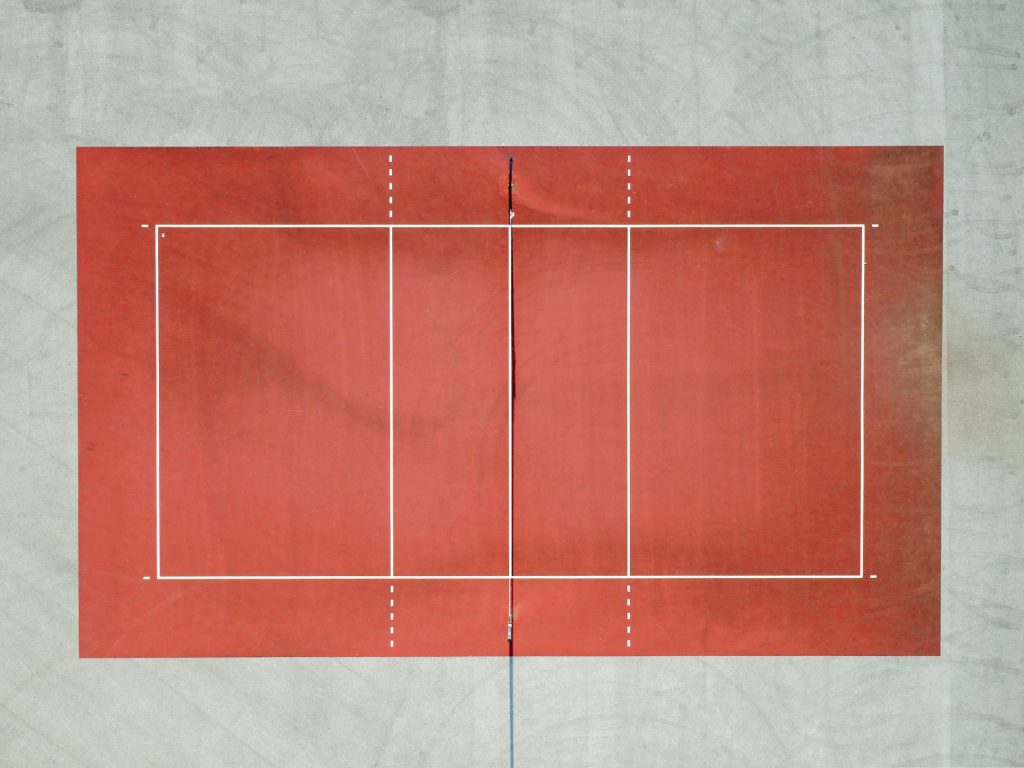
Across all sports, it is hard to ignore the ever-increasing presence of technology, as it is heavily employed to help make correct referring decisions. Of all the sports technology out there, Hawk-Eye is perhaps the most famous, as it’s commonly used in top-tier tennis, international cricket, volleyball and more.
In volleyball, Hawk-Eye reviews plays to help reach the correct decisions. Typically, there are 10 cameras placed around the volleyball court to get full coverage of everything, and the technology will automatically track the ball’s location, flight trajectory, speed, player movement and more. While it’s widely accepted as being a positive element of volleyball, some question whether it undermines the authority of the referee with the main function – ensuring fairness.
The concept of fairness is a broad one and it plays out in many aspects of our lives – in justice, education, workplace and even entertainment. Take casino games for example – in them, it is implemented thanks to Random Number Generators (RNGs), algorithms generating random sequences of numbers. When you play online, you are required to make a minimum deposit which can be as low as 1 or 3 pounds in the UK or 1 euro in Portugal. If you stay in the Philippines and pesos are your currency, online casino 50 minimum deposit Philippines is a popular option. So, since casino games involve spending money, they are heavily regulated for fairness.
Fairness is something that Hawk-Eye is designed to deliver on the volleyball court.
Hawk-Eye’s Main Volleyball Use
Hawk-Eye isn’t used on every play, just when there is some uncertainty over a call. The main use of Hawk-Eye in volleyball is to help see if a ball has hit the ground inside or outside the line, much like in tennis. If the ball is on the line, then the call is “in” but if it is beyond the perimeter then it’s called “out”.
Further use is having it check for foot faults on serve, block touches and net touches. The first time that Hawk-Eye was used was in 2014 and it hit the big time when it was introduced two years later at the 2016 Olympic Games in Rio.
Before Hawk-Eye, decisions came just down to video replays, which were often inconclusive and not high quality. Hawk-Eye gives a definite answer of whether a ball was in or out through advantage tracking. The secondary use of Hawk-Eye is to track players for things like reaction times, plus what speeds serves and spikes are delivered at.
Does It Undermine Authority?
Technology like Hawk-Eye can be extremely helpful in making the right decision count. But it’s not been without its critics along the way, and there are always questions raised about whether it affects the referee’s authority in a match.
Volleyball referees, with the support of the line judges and the second referee, work hard to get their calls right in the heat of the moment. But there is a challenge review system in place, with head coaches having two of them per game.
This is when a much heavier reliance on technology comes into play as it’s then used to determine whether the initial call by the referee was correct or not, on things like a ball being ruled in or out, net faults and illegal blocks.
No referee wants to be in a position where their decision is undermined, of course, but the technology used in the review system has the power to do just that. The interesting thing is that players are naturally going to trust what technology says over any call made by a match official, so in that way, Hawk-Eye does undermine a referee’s authority.
The Positive Back Up
Some argue that relying on technology takes away from the human element and unpredictability of sport, which would naturally include erroneous calls. But the purpose of technology like Hawk-Eye is to do exactly what the referee is doing, and that is to get decisions right. It serves as a backup that can, of course, reinforce the referee’s initial call too.
The other takeaway, however, is whether technology means referees and line judges are as exacting with their calls as they need to be. Because the backup is there, does that make it easier for them to just rely on the technology to get it right because there isn’t the overall heavy-handed need for them to be?
But this seems to be a strange argument, because a referee still needs to be as assertive and accurate as possible to be in the position they are in. Referees don’t get to the top just by coasting through and relying on technology, they have to continuously prove that they are highly skilled in making judgements.
In Conclusion
Hawk-Eye technology is extremely useful in volleyball and other sports because it cuts down the margins of error, which is something that all players, head coaches and fans want. Its purpose is not to undermine referees, it’s there to aid them in close decisions and improve fairness.